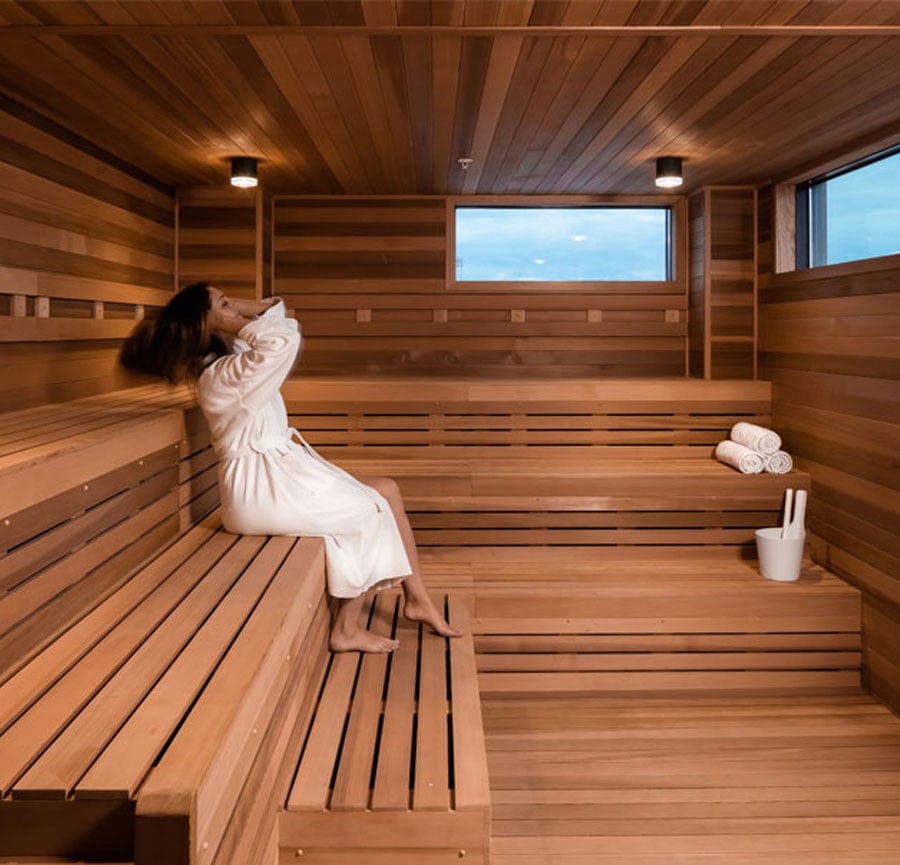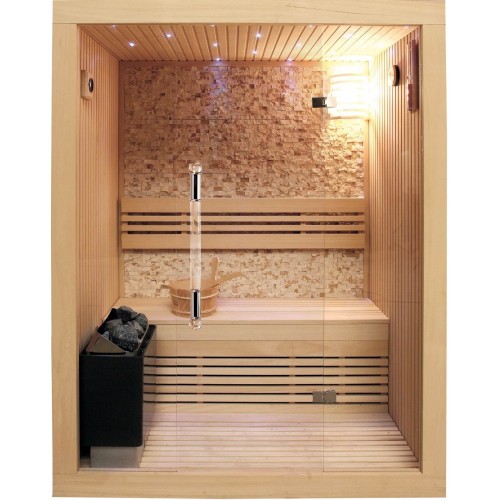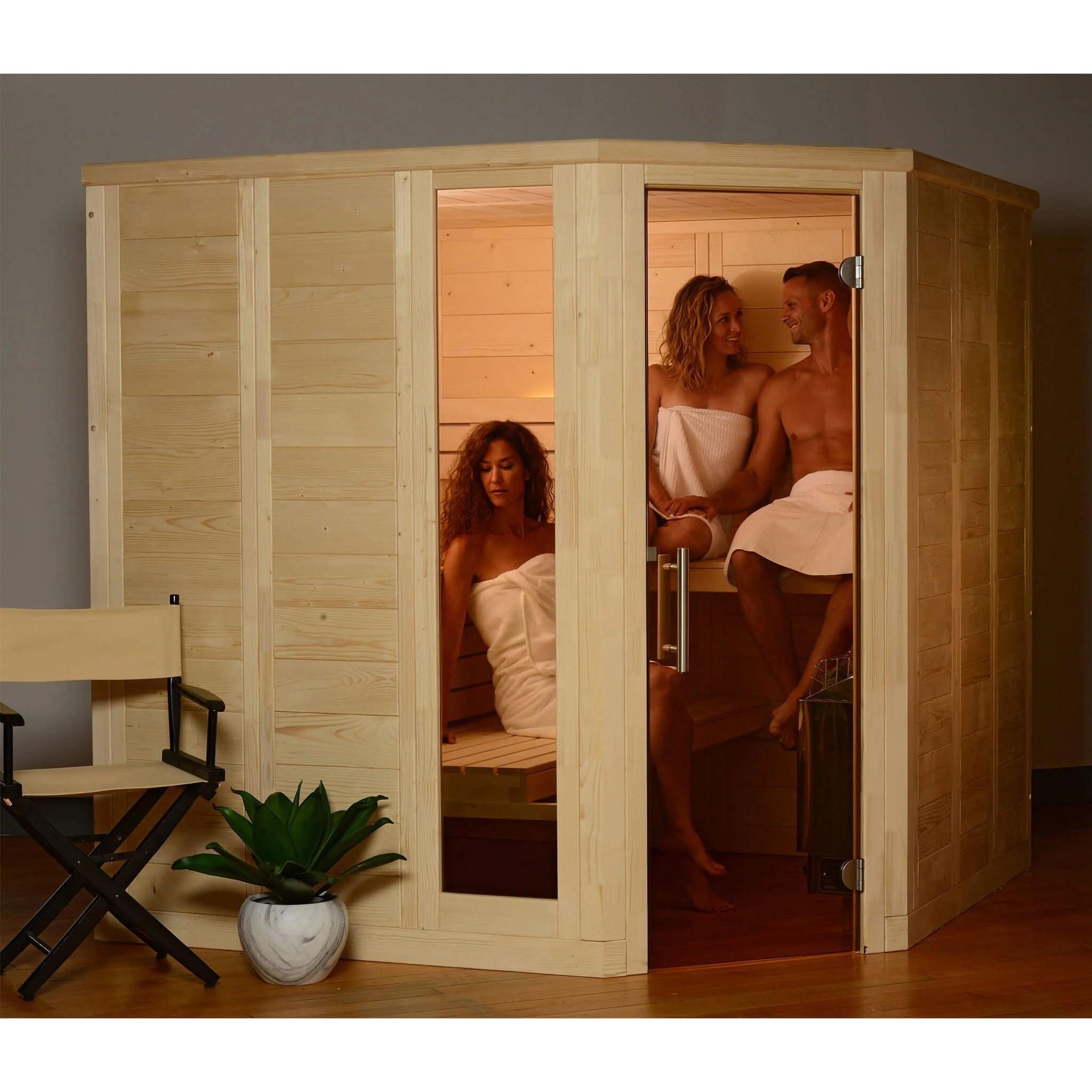The Facts About Traditional Sauna Revealed
The Facts About Traditional Sauna Revealed
Blog Article
More About Traditional Sauna
Table of ContentsNot known Factual Statements About Traditional Sauna Not known Factual Statements About Traditional Sauna The 10-Second Trick For Traditional SaunaExcitement About Traditional SaunaThe smart Trick of Traditional Sauna That Nobody is Talking About
Energy cost savings is one point to consider for people who intend on using their sauna often. For a conventional sauna, bathers typically require to await 30-40 mins for the room to preheat prior to entering. Infrared saunas, on the other hand, usually reach their perfect temperature level in about 15 mins.That implies that in an infrared sauna, bathers can begin enjoying their sauna promptly. One distinction between the two types of sauna that is typically neglected is the social experience. Standard saunas are usually big sufficient to fit multiple individuals and permit socializing. Infrared saunas are usually smaller sized in dimension, providing more of a private escape and less of a social experience.
Consider just how lots of people will be making use of the sauna before making your decision. Adding a sauna to your home can be among the most interesting and gratifying decisions you'll ever before make. Normal sauna usage will boost your flow, keep healthier skin, support kidney feature, minimize high blood pressure, improve mind function, and a lot more
Try a sauna today and discover some of the impressive advantages for yourself!.
Rumored Buzz on Traditional Sauna
Infrared and traditional dry saunas are both prominent alternatives for those looking for relaxation and therapeutic advantages. There are some essential differences in between the two types of saunas that ought to be taken into consideration prior to making a choice. Conventional dry saunas make use of warmed rocks to generate steam, while infrared saunas utilize infrared heaters to directly warm the body
Aspects such as warmth resistance, desired degree of detoxing, and general health and wellness needs to be considered when determining which kind of sauna to utilize. Infrared saunas are a sort of sauna that use infrared light to heat up the body straight, rather than heating the air around the body like standard saunas.
The temperature in an infrared sauna is usually reduced than in a typical sauna, with temperatures ranging from 120F to 150F. Infrared saunas offer a variety of benefits that make them an appealing option for those aiming to boost their health and health and wellbeing. Several of the benefits of infrared saunas consist of: Infrared saunas use reduced temperatures than standard saunas, which can make them extra comfy for those who find heats challenging to endure.

Infrared saunas have been shown to aid the body remove toxins via sweating. Sweating can likewise help to improve skin wellness by eliminating impurities and dead skin cells.
10 Simple Techniques For Traditional Sauna

With their lower temperature levels, deep infiltration, and variety of health and wellness advantages, infrared saunas are a fantastic means to loosen up, loosen up, and boost your general health and wellness. Traditional dry saunas have actually been around for centuries and are still preferred today. They are generally heated with wood, gas, or electricity and have reduced humidity levels.
There are several benefits to utilizing a standard completely dry sauna. Here are a few: Leisure: The heat and low humidity in typical dry saunas can aid relax the muscular tissues and reduce stress degrees. Detoxing: Sweating in a sauna can help get rid of toxins from the body, which can boost general health and wellness.
Fascination About Traditional Sauna
When it concerns saunas, there are two primary kinds of home heating methods: standard and infrared. Standard saunas make use of warmed air to warm the body, while infrared saunas utilize infrared radiation to permeate the skin and warmth the body from within. Among the main distinctions between the two methods is the sort of warm they generate.
Standard saunas warm the air, which after that heats the body via convection. Infrared saunas, on the other hand, warmth the body directly with radiation.
In terms of energy effectiveness, infrared saunas are normally extra effective than traditional saunas due to the fact that they need less power to run. They likewise warm up much more quickly, so they can be made use of for shorter sessions. When it comes to their explanation the impacts on the body, both kinds of saunas have been revealed to have advantages.

Traditional Sauna Can Be Fun For Anyone
Both sorts of saunas supply one-of-a-kind advantages and drawbacks that Full Report should be thought about before choosing. The option between an infrared sauna and a standard completely dry sauna greatly depends on individual choice and the wanted benefits. Those who like a more comfortable, lower temperature setting might favor an infrared sauna, while those who are looking for intense warm and a traditional sauna experience may choose a conventional dry sauna.

Report this page